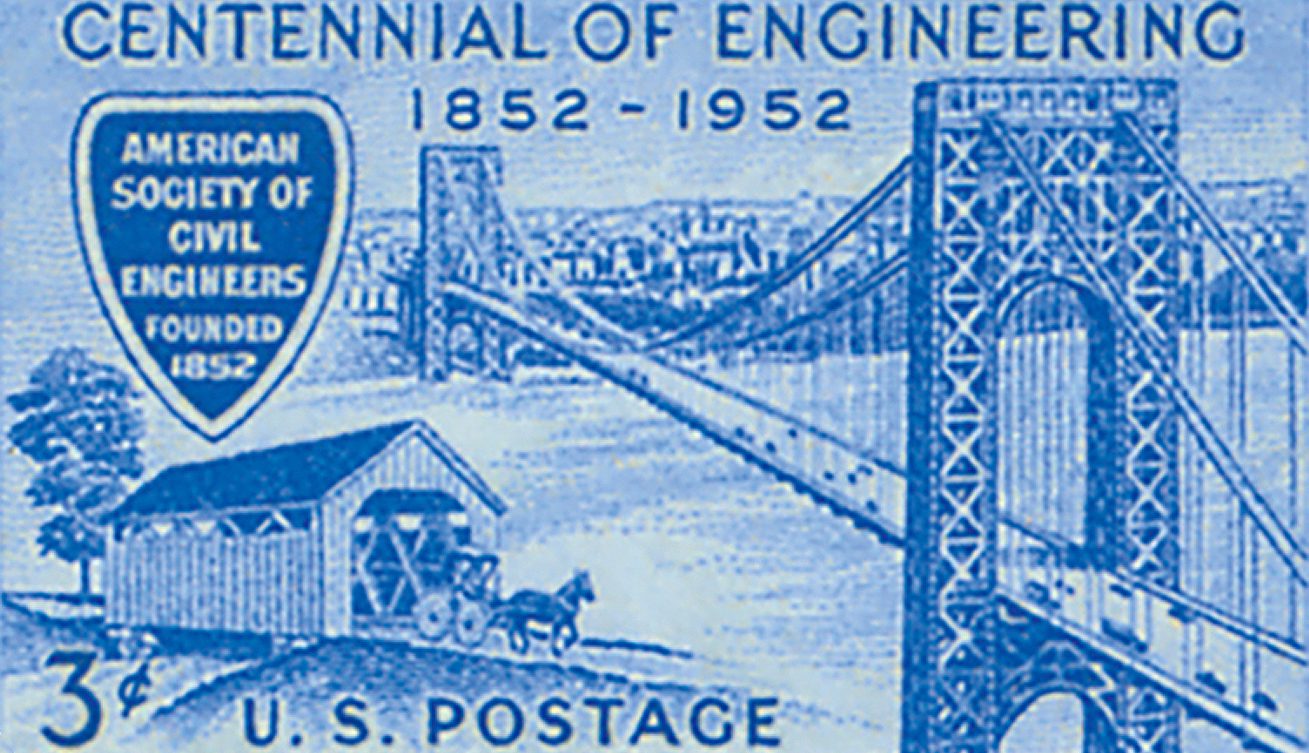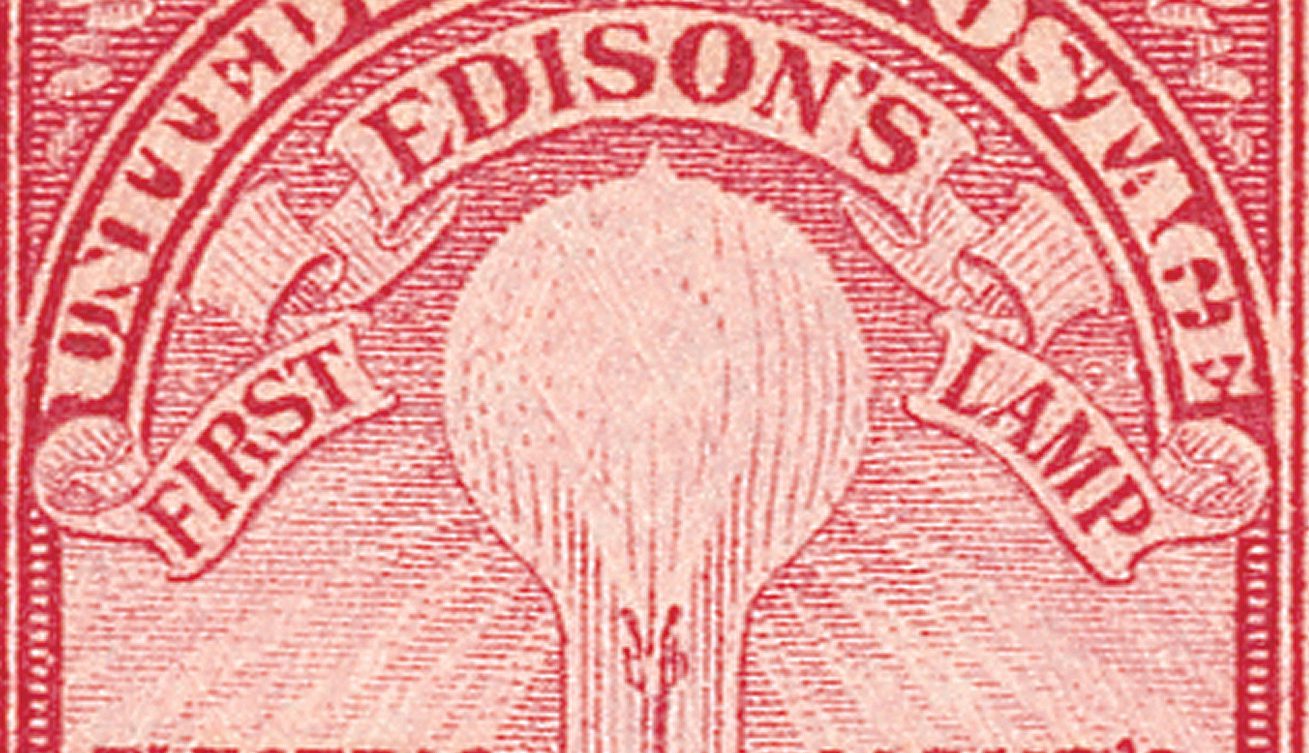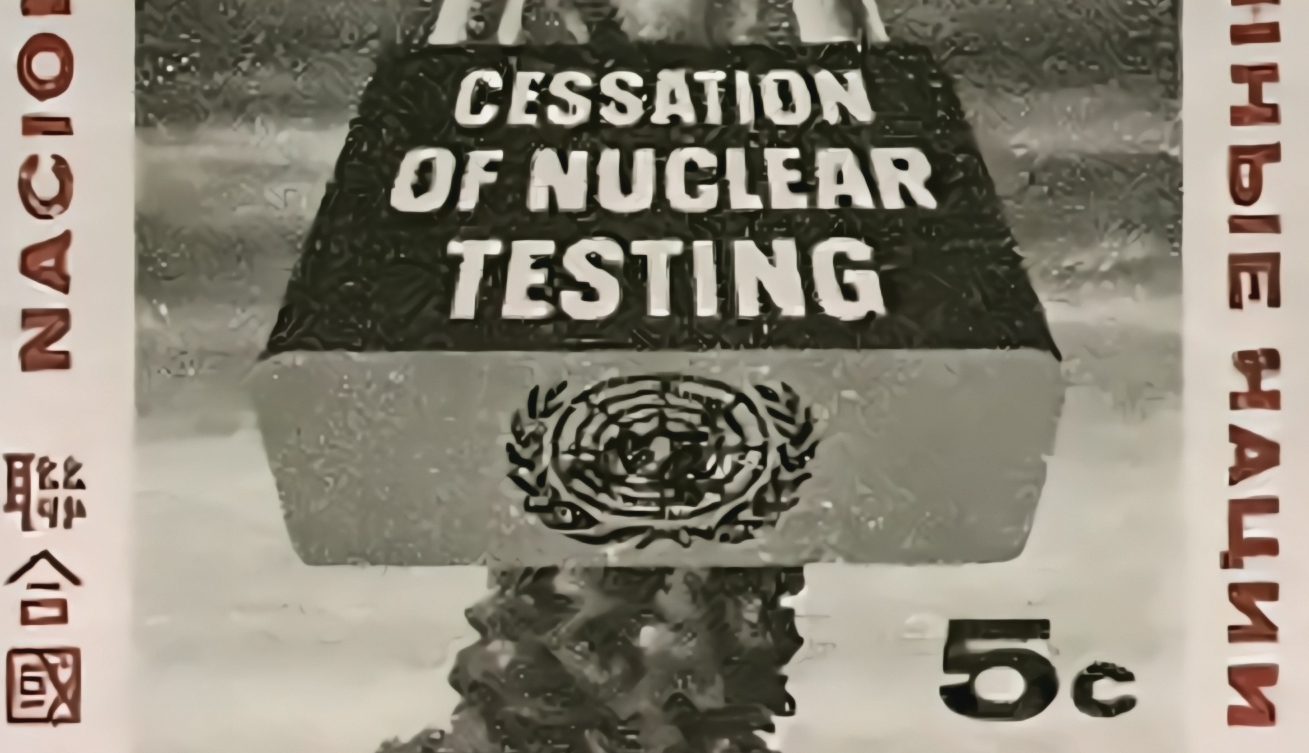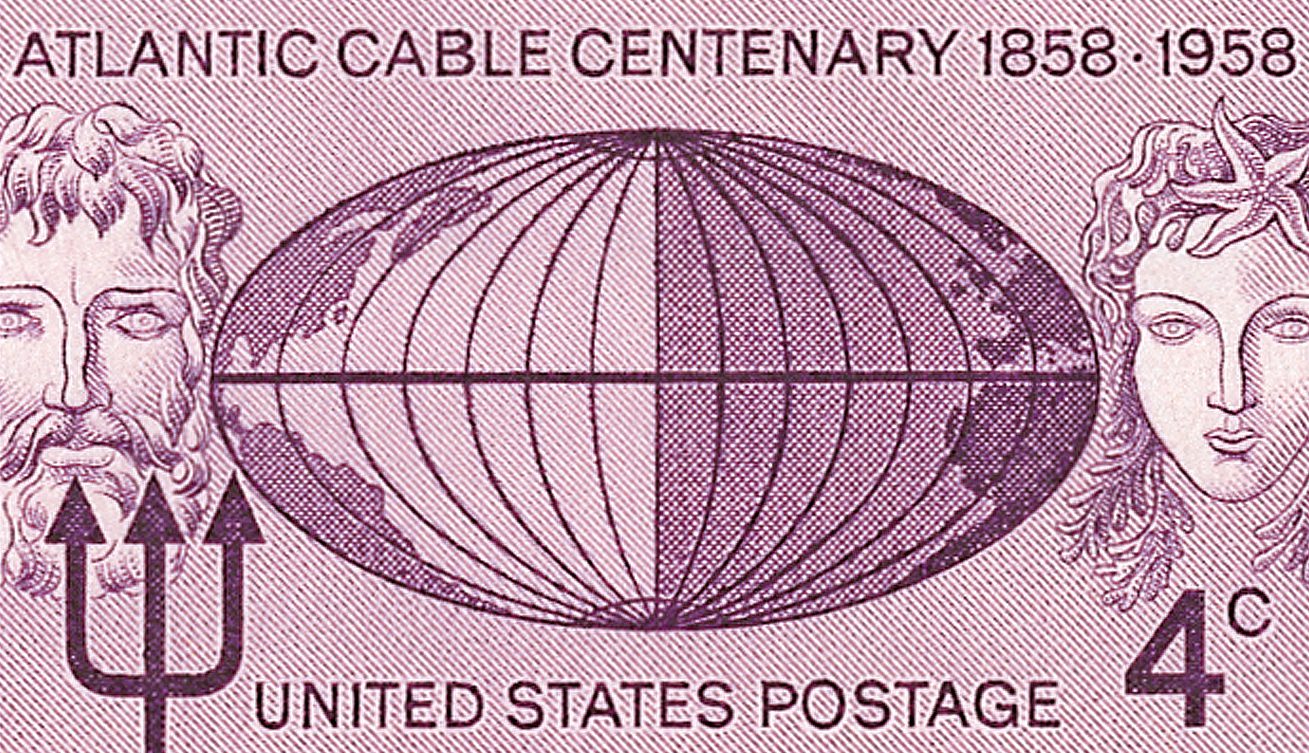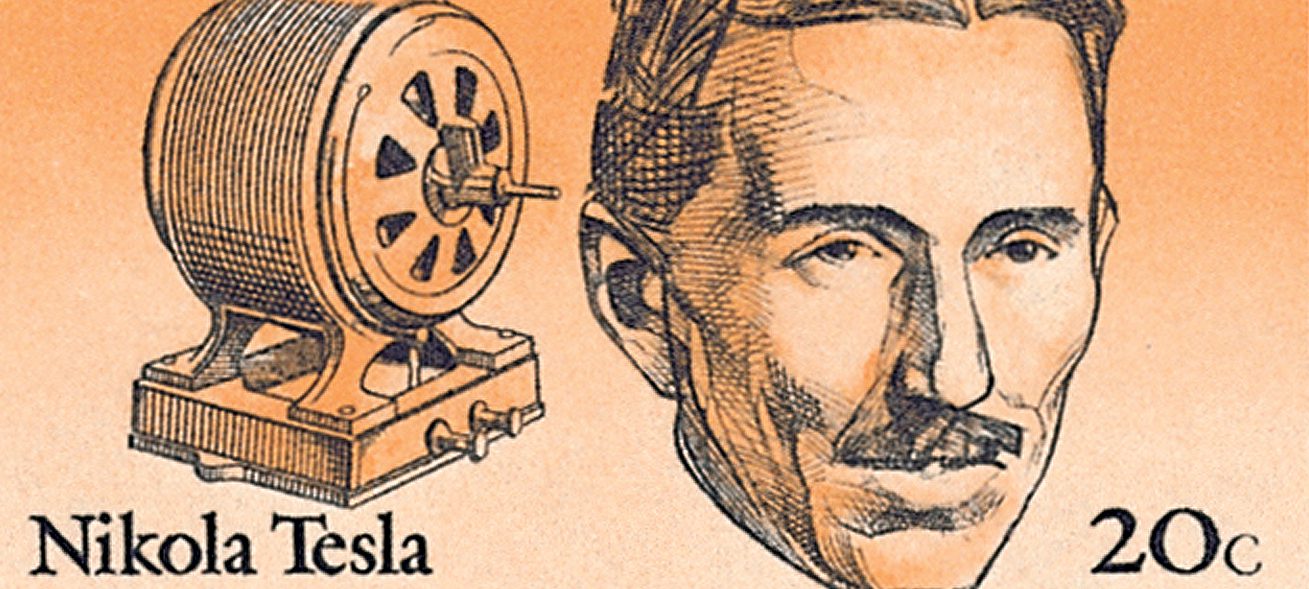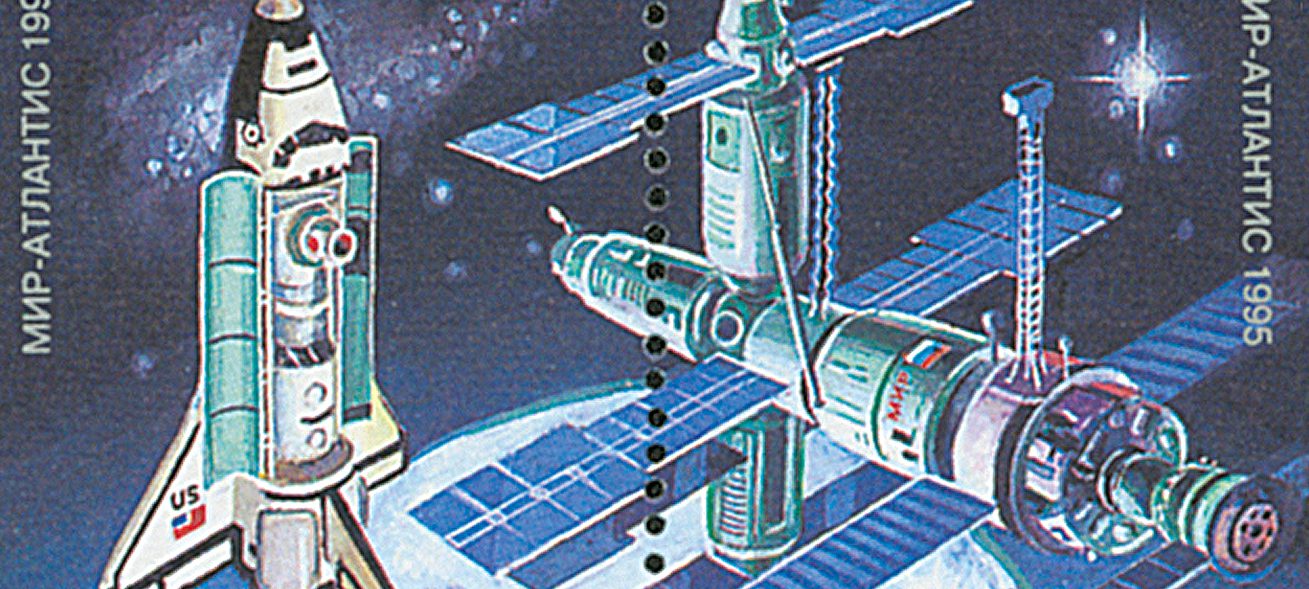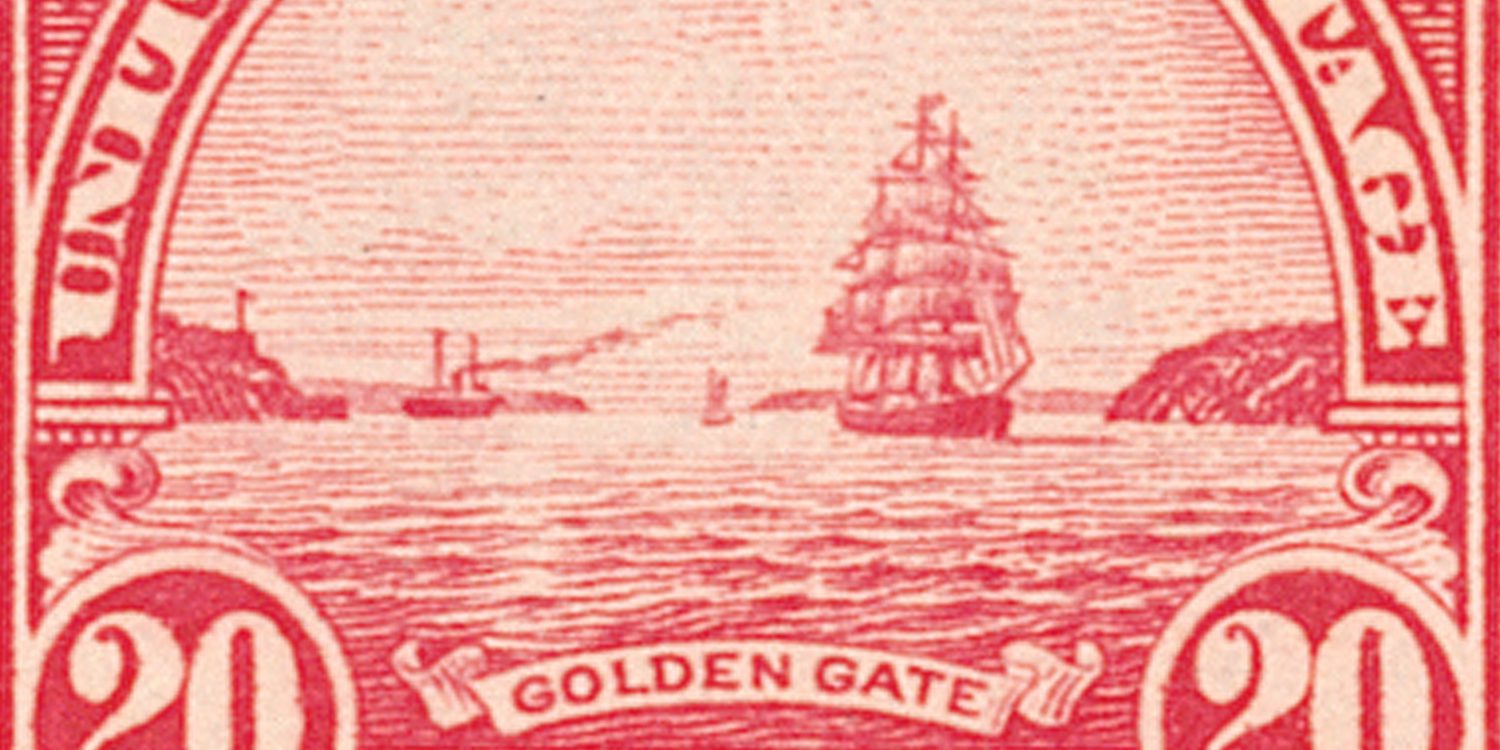American Society of Civil Engineers
On November 5, 1852, the American Society of Civil Engineers (ASCE) was founded in New York City. It became the first national engineering society in the United States and remains one of the world’s most respected professional engineering organizations today.

